I remade my B2C Dragonfly bomber (my first bomber and PAC's first bomber) for the 1935 Bomber challenge.
FEATURES:
-Good Detail
-Custom Paint Job
-Improved Engine Endurance and Performance
-More accurate .50 cal guns
-New bomb-bay mechanism
OPERATIONS:
AG-1 = Nav, Beacon, Strobe Lights
AG-2 = Landing Lights
AG-3 = ---
AG-4 = Open bomb-bays and arms first bomb rack set
AG-5 = arms second bomb rack set
AG-6 = arms third bomb rack set
AG-7 = dumps all bombs
AG-8 = ---
Trim = Elevator Trim
VTOL = Propeller Pitch
BACK STORY:
PAC B2C Dragonfly, first flown in 1932.
The B2C was PAC's first bomber and Pavelania's first domestically produced bomber as well. It was highly successful during the 1930's era of the North Atlantic War, and was exported to many of Pavelania's allies as a cheacp but highly rugged and effective bomber. The B2C was mass produced, easy to fly and learn to fly (shortening training), incredibly rugged for off-airport operations, easy to maintain, and it was a simple design. The B2C could carry a bomb load of 21x small diameter WW2 bombs. 9x of the bombes are external, while the rest are internal. The bomber has 3 defense waist gunners armed with .50 cal M2 Browning machine guns and also has a celestial navigation bubble at the top for a navigator. The bomber has good range and a descent amount of speed. The main tactic to bombing with the B2C was to bomb in large formations, since it was a simple design. This is to compensate for it's lack of bomber defense.
For any nation looking for a cheap but highly effective bomber, this is the deal. Rugged, simple, ease of maintenance, easy to fly, large bomb load, long range, and cheap purchase cost. It also requires low crew and logistics support. Uses a pilot, navigator, bombardier, and 3 waist gunners. The biggest downside with this bomber is it's low speed and it's weak defense.
Enjoy and happy flying!
Specifications
Spotlights
- Rodrigo110 7.3 years ago
General Characteristics
- Predecessor 1935 Bomber challenge (CLOSED)
- Created On Windows
- Wingspan 56.2ft (17.1m)
- Length 41.0ft (12.5m)
- Height 16.1ft (4.9m)
- Empty Weight 13,188lbs (5,982kg)
- Loaded Weight 18,506lbs (8,394kg)
Performance
- Horse Power/Weight Ratio 0.097
- Wing Loading 26.6lbs/ft2 (129.9kg/m2)
- Wing Area 695.6ft2 (64.6m2)
- Drag Points 6186
Parts
- Number of Parts 177
- Control Surfaces 7
- Performance Cost 933

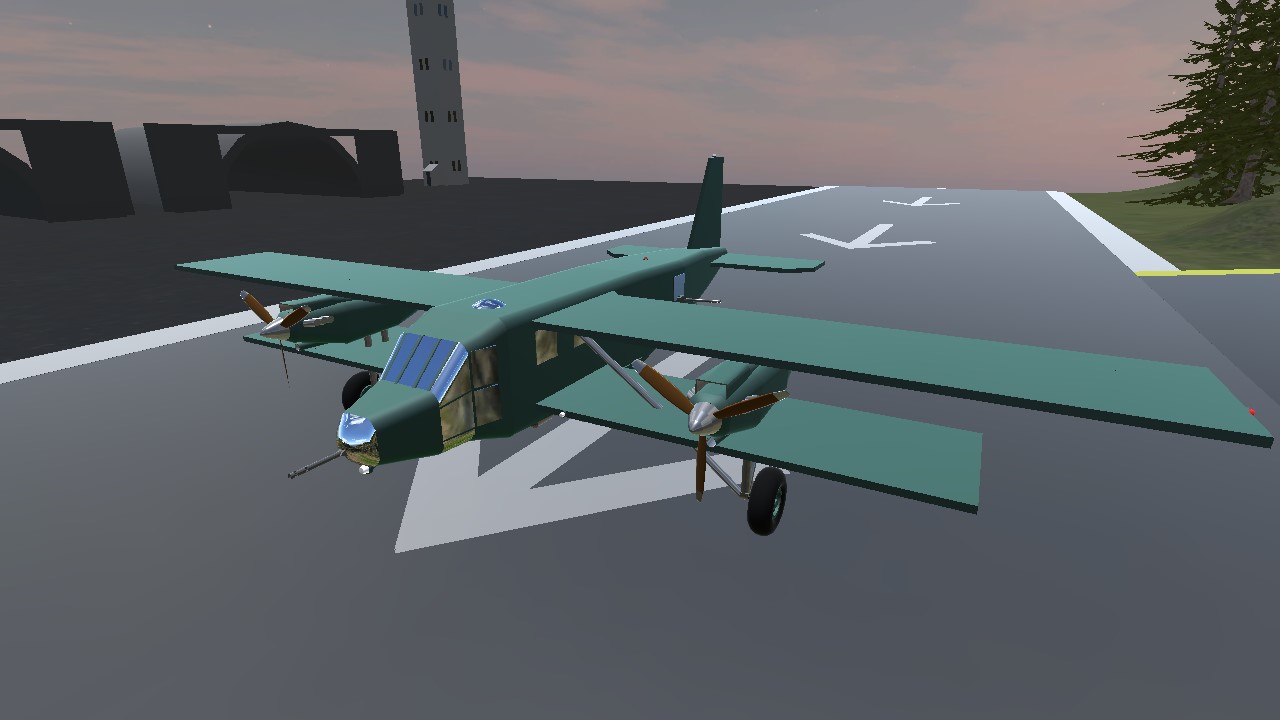
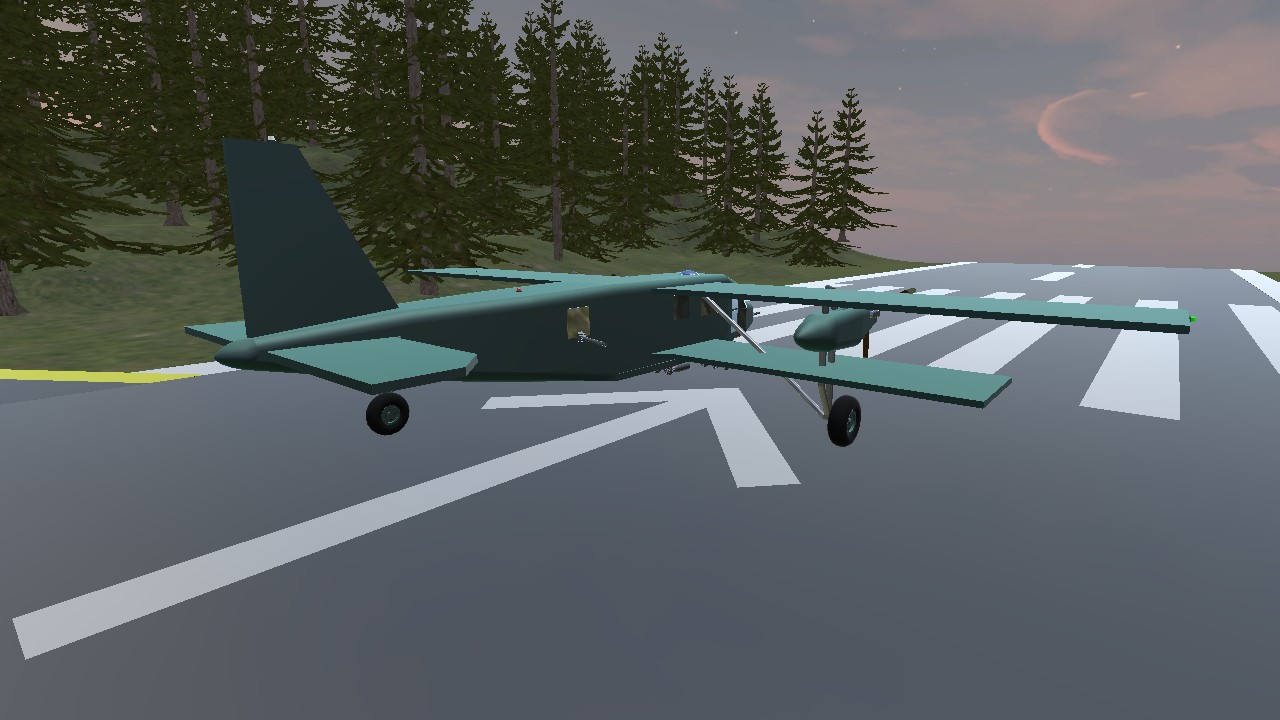
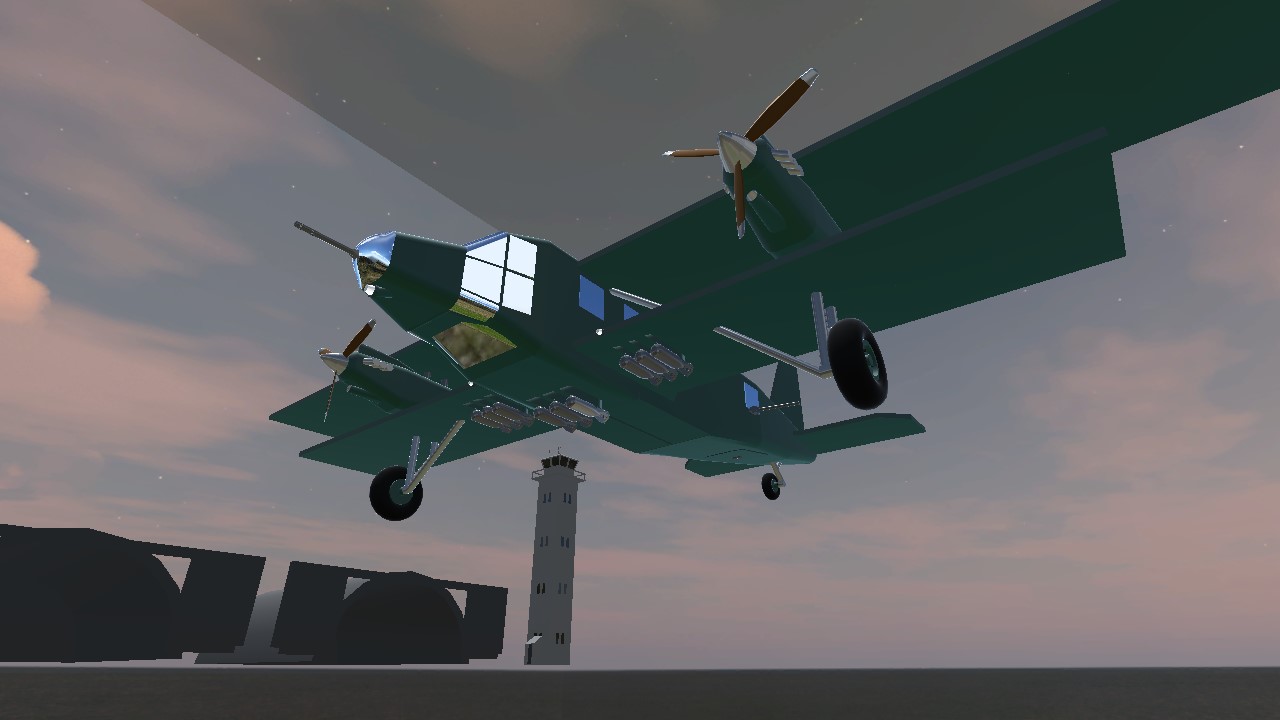
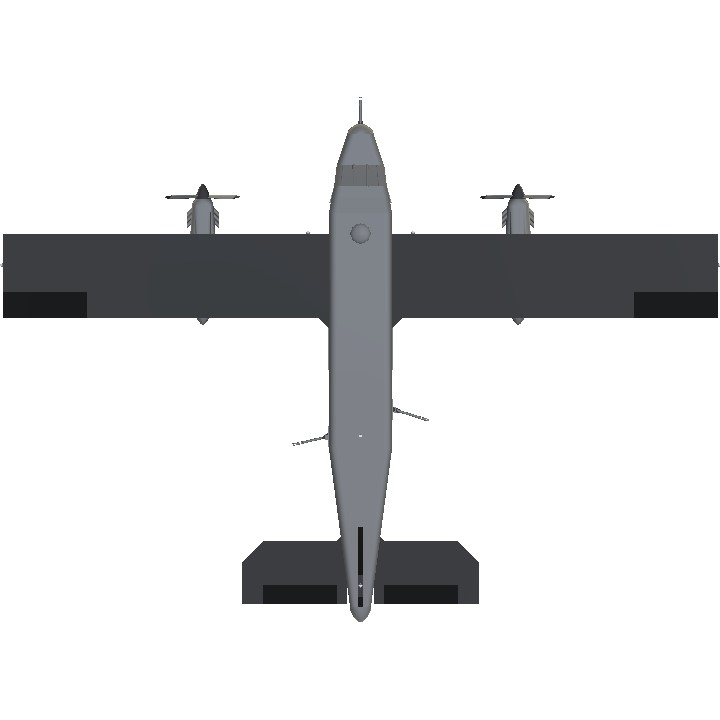
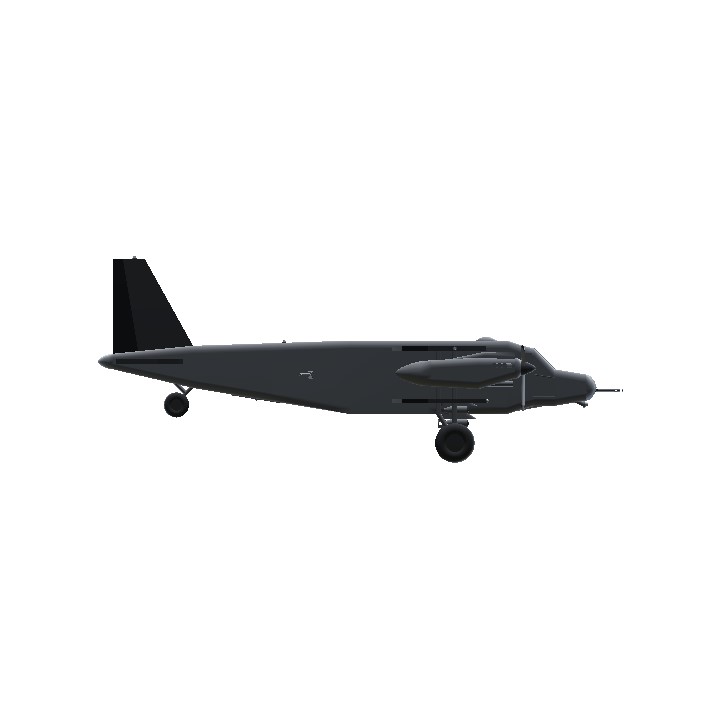

Thanks @BogdanX!
@Johnnyboy9
@ZimboGamer
@Mustang51
Thanks for the upvotes!
@DarthAbhinav
Thanks!
@Serkonda
@Rodrigo110
@SSSvaSSa
Thanks guys for the upvotes as well!
Thanks @Rodrigo110 for the spotlight!
Thanks @Texasfam04!
@Maximis
Thanks Maximis!
@Tang0five
Thanks!
@poopatron71
The engines are actually uprated from stock 650hp to 900hp. It can get going at 180mph at higher altitudes. There weren't very much other engine options except for a Packard Merlin, but that isn't developed until 1940, an Allison V-1710, but they perform poorly at higher altitudes, or Nordan's experimental engines they produced for their fighter, but those engines are built by Nordan and Nordan is a competitor to PAC. So these are really the only engines suitable for the B2C, unless you uprate the engines to 1,000hp but that's really pushing it on the engines.
I'm playing realistically here
It's also going to remain on the slow side because of it's bi-plane layout and exposed landing gear (with huge bush tires).
It looks great, but it is incredibly slow!
@ACMECo1940
Thanks!
Noce
@ProKillaV12
Thanks ProKillaV12!
@Liquidfox
Thanks!